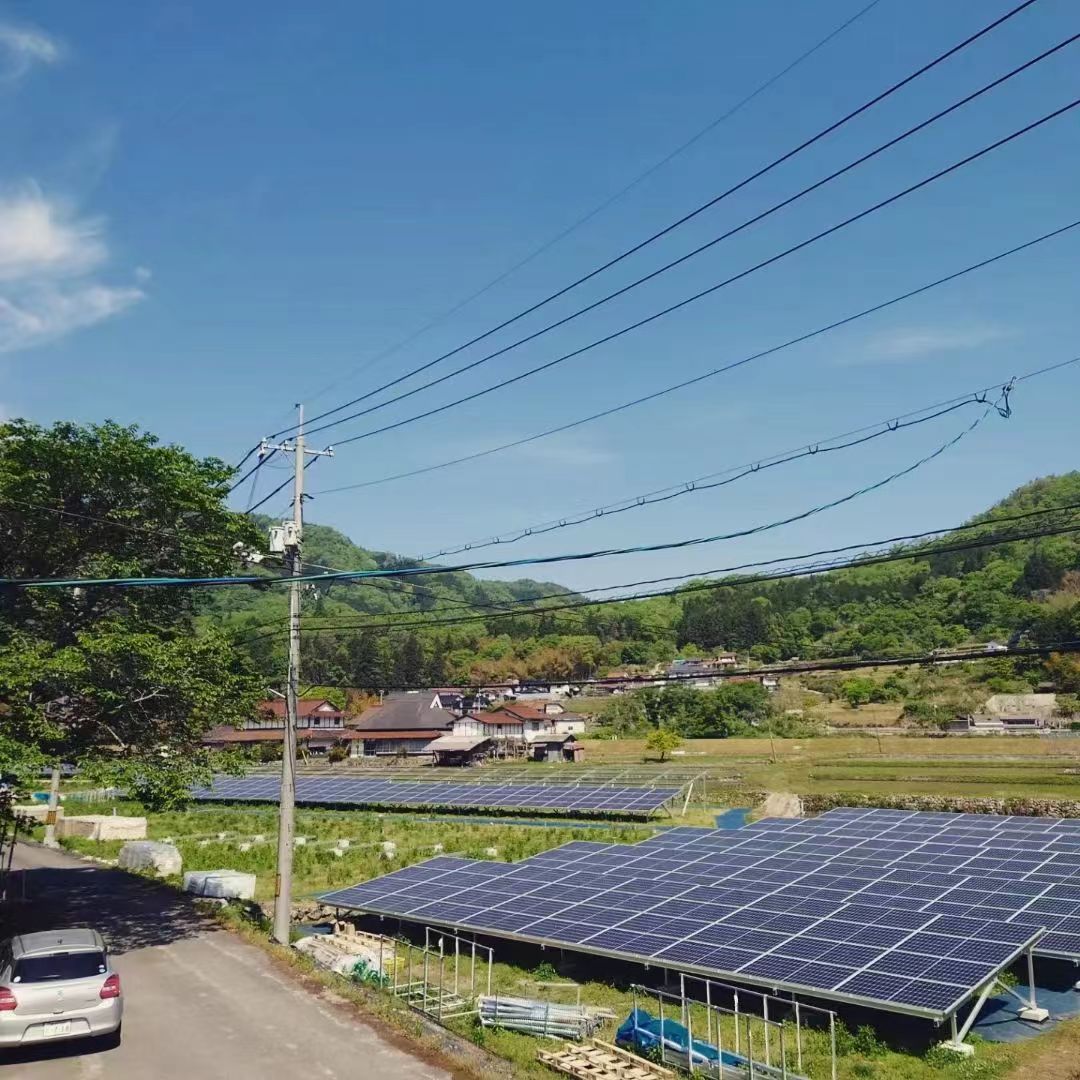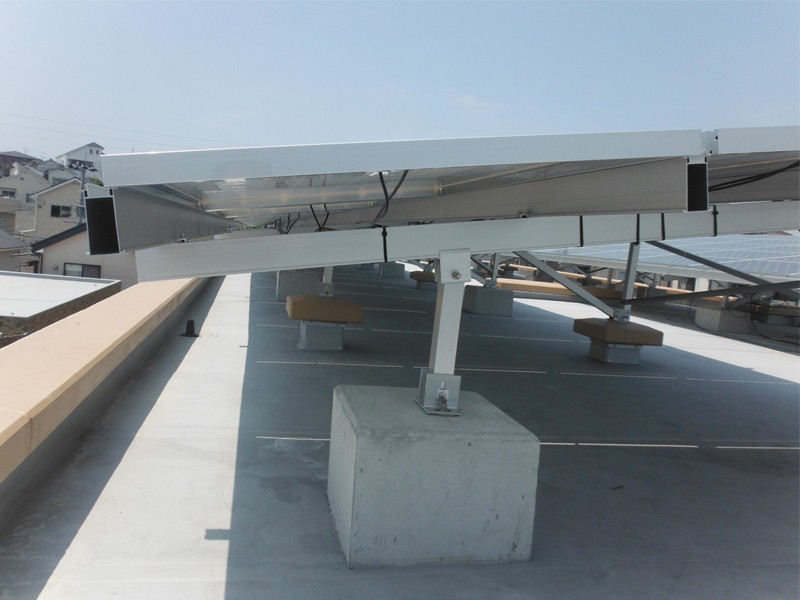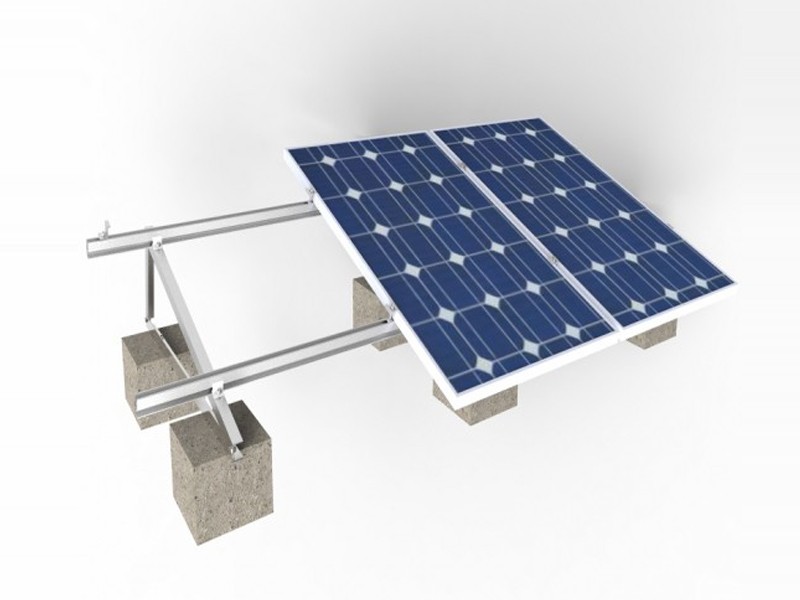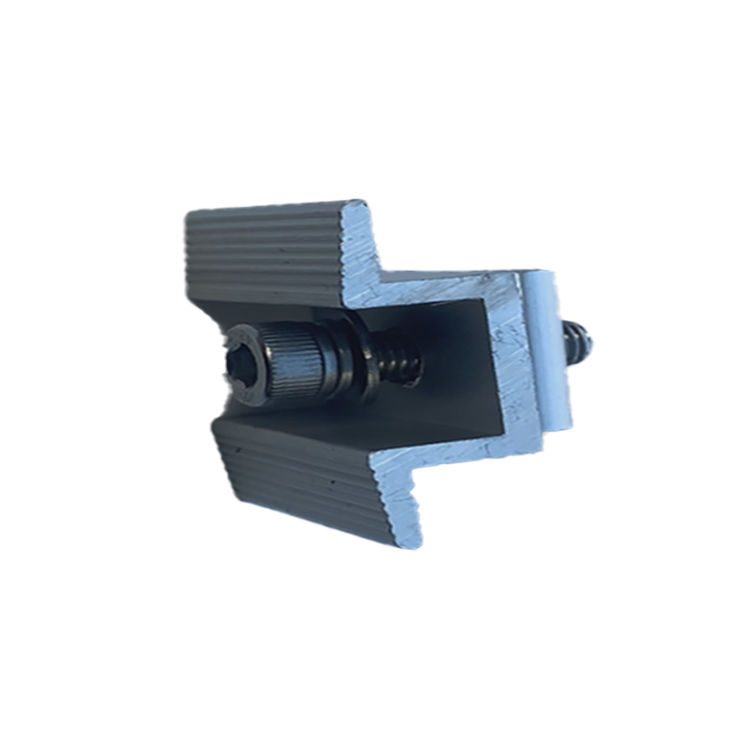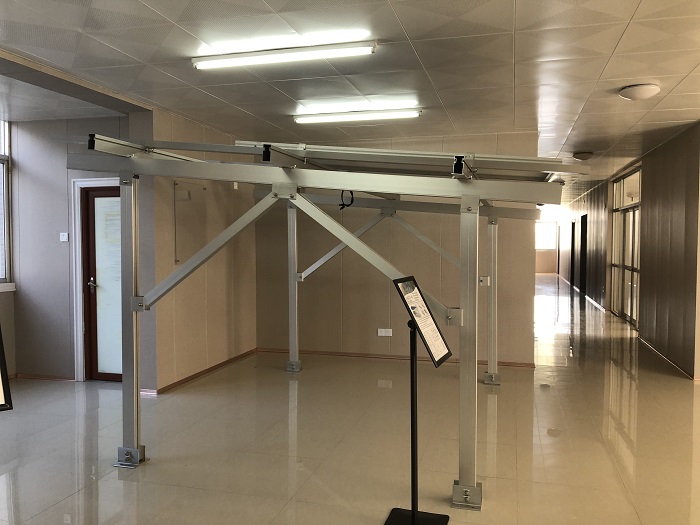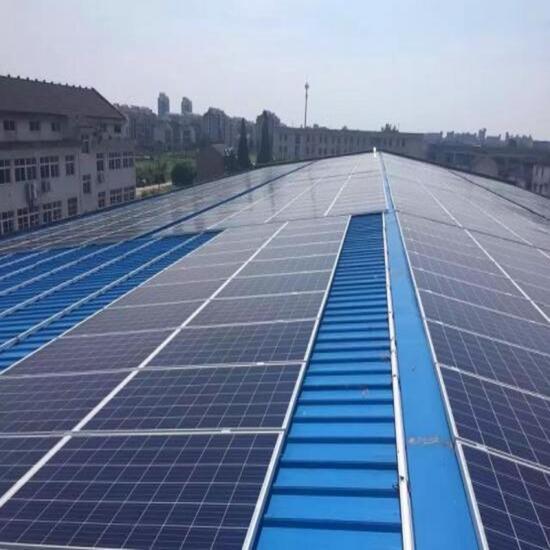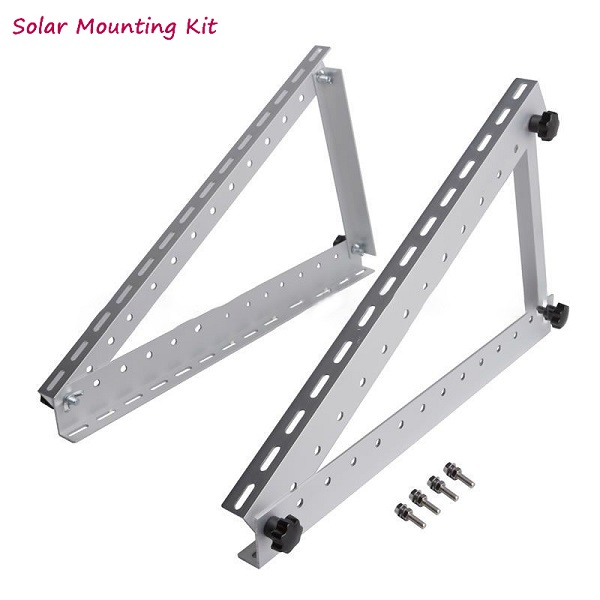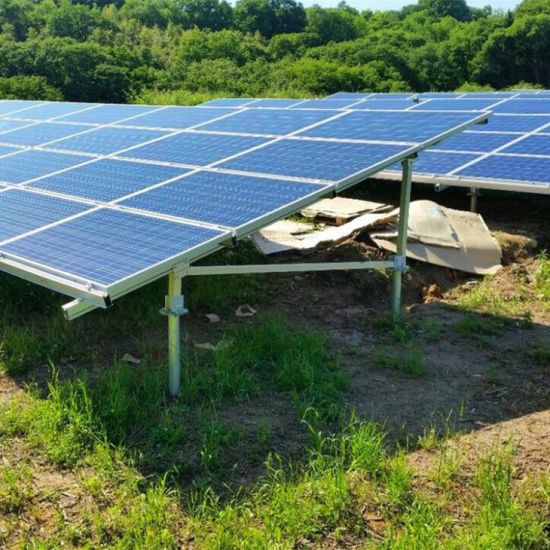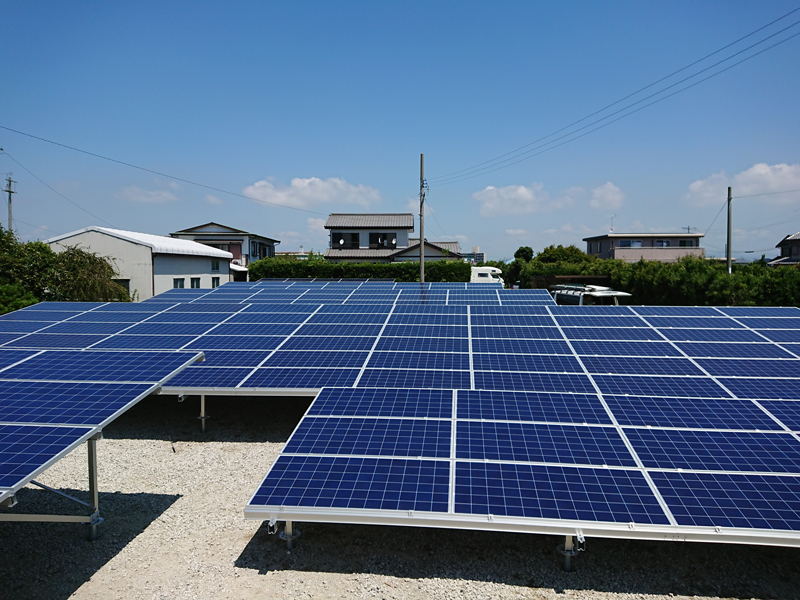Installing solar systems requires meticulous planning and attention to detail. A key component is developing a comprehensive photovoltaic (PV) plan set. In this guide, we'll explore the essential information in an effective solar plan set and provide valuable insights and practical tips based on over a decade of experience to help you navigate the planning, solar permitting, and installation phases of your PV projects.
What is a Solar Plan Set?
A solar plan set, also known as a solar permit package or PV plan set, is a set of documents that provides a detailed plan and specifications for a solar energy system installation. It includes a range of drawings, diagrams, and written documentation that outlines the design and structure of the solar energy system to ensure compliance with local building codes, zoning laws, and safety regulations solar permitting.
PV plan sets typically include site and electrical plans, equipment specifications, and structural and mechanical details of the solar energy system. They are crucial components of the solar installation process, as they provide a roadmap for the solar installer, crew, and local permitting authorities to prepare the site, install the system, and approve the project for operation.
GreenLancer specializes in permit-ready solar plan sets, interconnection applications, and solar engineering services for PV contractors. Create an account to begin shopping for PV design, engineering, and solar permit services.
Why are PV Plan Sets Important?
Solar plan sets are vital for solar installers as they ensure compliance with local building codes, zoning regulations, and permit requirements. Detailed instructions within the PV plan set provide guidance on the layout, placement, and wiring of solar panels, inverters, and other PV equipment, minimizing installation errors and optimizing system efficiency.
Solar Permit Application & Approval
Solar contractors must submit solar plan sets during the solar permit application process, and these drawings must follow all building and electrical codes and zoning requirements. After you submit the solar plan sets and get approval, it is time to install the solar array. Solar permit inspectors typically review solar plan sets during the inspection process, so your ability to get Permission to Operate status from solar permitting authorities depends on following approved solar plan sets.
Quality Solar Installations
Plan sets streamline the installation process and help reduce time and labor costs while facilitating clear communication among installers, project managers, and regulatory authorities. Following approved plan sets also mitigates liability risks, safeguards installer reputations and ensures customer satisfaction with safe and compliant solar installations.
Important Terms Related to Technical Solar Drawings
Numerous terms are used to describe solar drawings, and they often overlap. Here’s a rundown of many of the terms you may encounter.
Solar Panel Layout Drawings
Also known as a solar array layout or solar PV layout, a solar panel layout drawing is a visual representation of how solar panels will be arranged and installed on a specific site. It typically includes details such as the placement of solar panels, orientation, tilt angle, spacing between panels, and any shading obstacles that may affect sunlight exposure. The layout drawing is essential for planning and designing a solar installation, ensuring optimal performance and efficiency by maximizing sunlight capture and minimizing shading effects.
PV Schematics
A solar schematic or solar system schematic is a detailed diagram illustrating the electrical components and connections within a solar energy system. It outlines the configuration of solar panels, inverters, batteries, and electrical circuits, providing essential guidance for system setup and maintenance.
Solar Permit Plan Sets
A solar permit plan set is a collection of documents required by local building authorities to obtain a permit for solar installation. It includes a site plan, electrical diagrams, structural details, equipment specifications, and manufacturer documentation. This information ensures compliance with safety regulations and local codes. The building department reviews the solar permit plan set and serves as a guide for installers during the solar installation process.
Solar Single-Line Diagrams (SLD)
Also known as one-line diagrams, SLDs simplify the electrical system by using a single line to show the power flow from the source to the various components. A single-line diagram in the solar energy industry shows the electrical connections, including the solar panels, inverters, energy storage batteries, and other essential components. It provides a high-level overview of the system layout and helps in visualizing the electrical flow and coordination between different parts of the system.
Solar Three-Line Diagrams
This diagram provides a more detailed representation of the electrical connections within the solar energy system. Unlike the single-line diagram that uses a single line, a three-line diagram uses three lines to represent the positive, negative, and ground connections. The three-line diagram includes detailed information about the wiring between each component, both on the DC and AC sides. In the solar industry, three-line diagrams are often used during the wiring and installation phase of the project, providing electricians with detailed instructions on connecting the components properly.
Solar Drawings
These drawings encompass a range of technical drawings, including panel layouts, electrical schematics, and site plans, offering installers detailed visual representations of solar energy system components. Solar drawings provide blueprints for the installation process, guiding installers in the precise placement and wiring of PV panels, solar inverters, and other system elements.
Solar Panel Schematics
They provide a detailed visual representation of the electrical connections and configurations of solar panels within the system. Solar panel schematics offer a comprehensive breakdown of panel-to-inverter wiring, grounding methods, and other PV panel-specific electrical details, guiding installers in the precise assembly and wiring of the solar array.
Solar Panel Drawings
These technical drawings outline the specifications, dimensions, and installation guidelines for solar panels within the system. Solar panel drawings are critical for ensuring the proper placement, alignment, and mounting of solar panels to optimize renewable energy production.
Common Mistakes In PV Plan Sets
Since 2013, we’ve been working with solar contractors to overcome solar permitting obstacles. Over the years, we’ve seen many issues arise with solar plan sets that can impact the quality of the solar design or obtaining solar permits and interconnection. While every solar plan set can be unique, several common mistakes can occur.
Incomplete or inaccurate information on solar plan sets: This includes missing details on electrical connections, equipment specifications, or structural requirements. Providing comprehensive and accurate information in the solar plan set is important to ensure a successful project.
Non-compliance with local building codes: Adherence to building codes and regulations can lead to solar permit delays or rejections. It's crucial to thoroughly research and incorporate the jurisdiction's specific PV permitting requirements for the project.
Insufficient electrical design: The electrical design for PV arrays should consider factors such as solar system sizing, wire gauges, safety disconnects, and proper grounding. Overlooking these components can result in system underperformance, safety hazards, and solar permit rejection.
Lack of clarity in solar diagrams and drawings: Clear and well-detailed PV diagrams are essential for the installers and inspectors to understand and follow the solar plan sets. Unclear or ambiguous solar drawings can lead to confusion and even installation mistakes.
